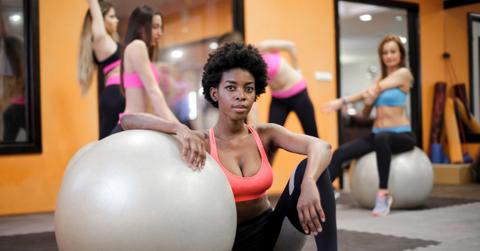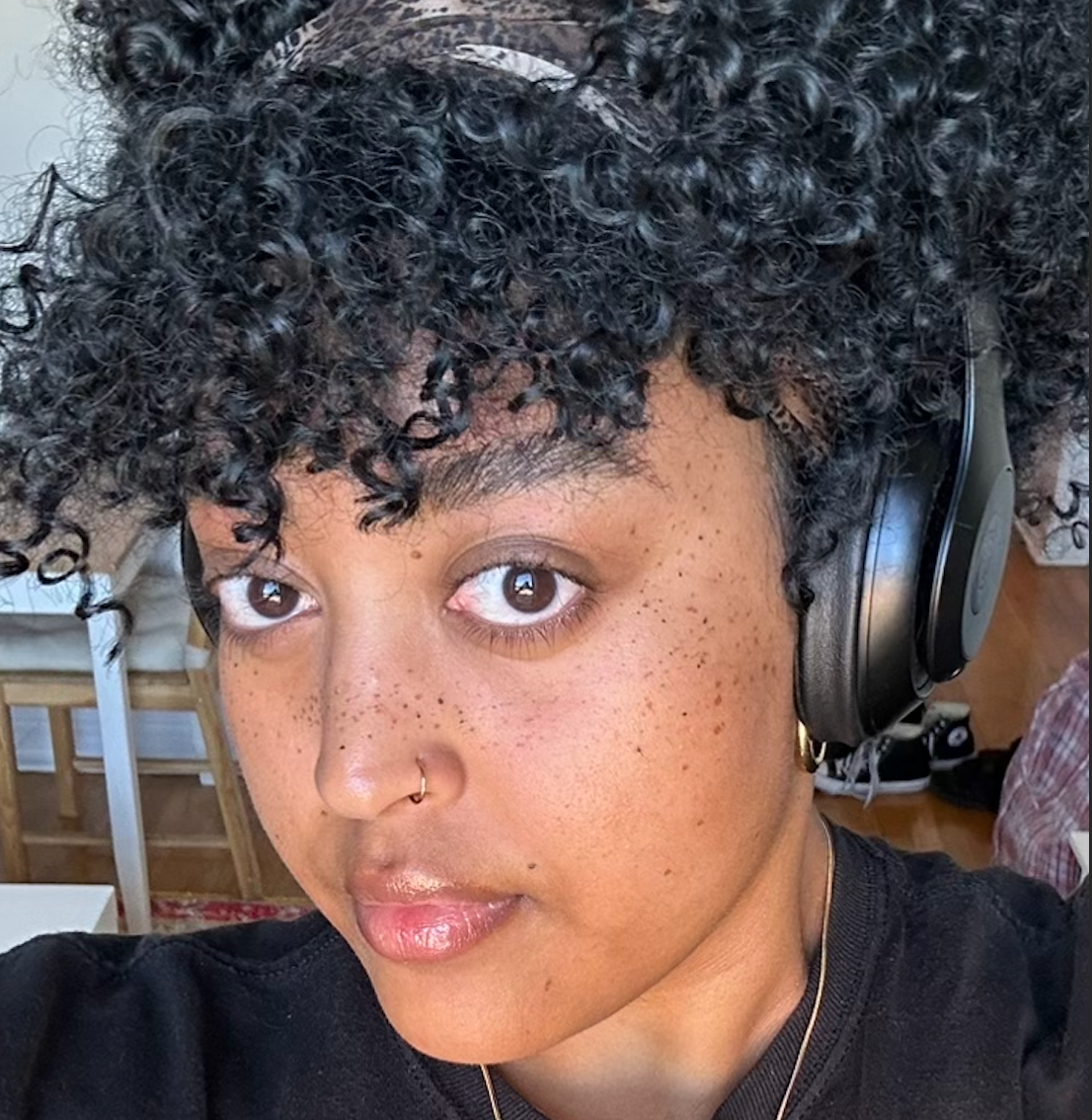How To Use Pinterest As A Tool For Health And Wellness

Over the last few years, there have been conversations about using social media as a tool instead of a time suck. With the shift to a more virtual world, almost 85% of American adults use the internet and social media platforms daily, in an article according to Pew Research.
While apps like Twitter and Instagram are designed for real-time communication between individuals, brands, and corporations, other social media platforms allow their users more anonymity and diverse user experience.

Pinterest was developed in January 2010 by Paul Sciarra, Evan Sharp, and Ben Silbermann. While initially marketed as a “catalog of ideas” instead of a traditional social media platform, Pinterest sees a growth of 7.5% per year and is the third fastest-growing platform behind Snapchat and LinkedIn, according to Sprout Social. Here’s what you need to know about Pinterest and how to use it for your healthiest self.
The Pinterest Difference
Pinterest has a unique algorithmic detection process that forgoes likes and re-pins counts. Instead, the platform bases its data on users’ previously explored posts, advertisement content, and third-party website data. This creates a more streamlined and personalized social media experience. It combines features from other social media conglomerates; commenting and user interaction, like Twitter, visual appeal, like Instagram, and personalized, tailored content, like TikTok, without the pressure to achieve interweb stardom and instead focus on curating a social media experience relevant to your needs.
How Others Have Been Using Pinterest
Pinterest has become a popular site for users to create boards focused on self-improvement and goal setting, and there are thousands of videos on YouTube that detail how to use Pinterest as a tool for visualizing. Videos include beauty and fashion inspiration but also include curated health, wellness, education, organization, and lifestyle advice. Youtubers like The Carolina Lifestyle have created Pinterest videos used in practical day-to-day routines, like this one, where she tests out different healthy recipe ideas sourced on Pinterest. According to The Canadian Library of Library and Information Practice and Research, Pinterest is also used by educators and libraries as a way to connect with students and other educational resources. This information is not only interactive but catered to the niche demographics and interests of these spaces, making it a dynamic tool for information sharing.

Using Pinterest For Exploring Health and Wellness
Pinterest is frequently used by health and wellness coaches as a means of self-promotion, but also to encourage their clients to be hands-on in their journey. Many health and wellness brands also market directly on Pinterest, allowing you to interact directly with companies and coaches that align with your wellness goals. Pinterest, since its conception, has had an overwhelming woman-led demographic of users, with 76% of the platform’s engagement made up of millennial women, according to Parallel Path. This suggests that much of the health and wellness advice on the platform is geared toward millennial women and that resources offered on this platform will be relevant and accessible based on your personal browsing preferences.
Using Boards And Suggested Posts
Pinterest has a direct and forward user experience design, allowing even the most novice user to navigate the platform with ease. One of the most effective tools to begin using Pinterest as a health and wellness tool is to use the search bar to generate a list of focus keywords that will customize your home page. You can build separate pages, or “boards,” based on your topics of interest and organize them accordingly. As you interact with the platform, your suggested posts and content will become more specific, allowing you to fully customize your user experience and engage with health and wellness content that matters to you.






